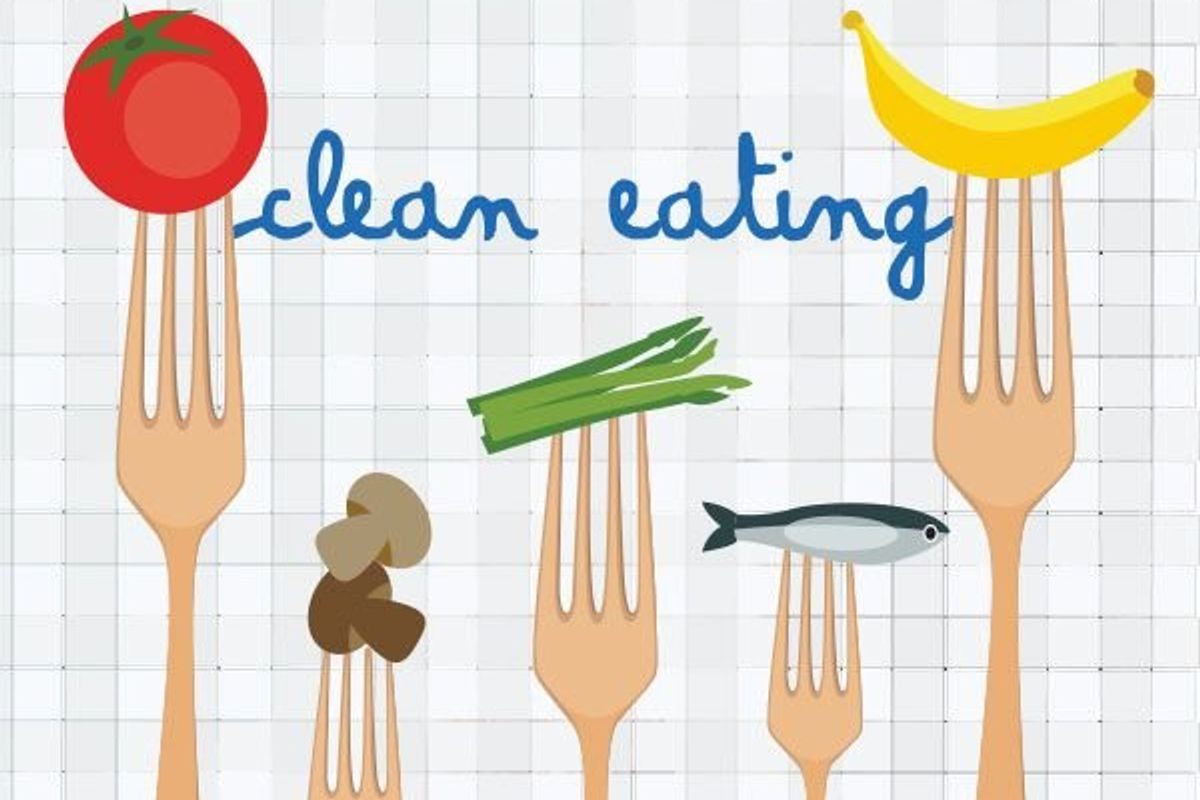

Marcia Mangum Cronin
HealthyWomen's Copy Editor
Marcia Cronin has worked with HealthyWomen for over 15 years in various editorial capacities. She brings a strong background in copy editing. She graduated from the University of North Carolina at Chapel Hill with a bachelor's degree in journalism and worked for over two decades in newspapers, including at The Los Angeles Times and The Virginian-Pilot.
After leaving newspapers, Marcia began working as a freelance writer and editor, specializing in health and medical news. She has copy edited books for Rodale, Reader's Digest, Andrews McMeel Publishing and the Academy of Nutritionists and Dietitians.
Marcia and her husband have two grown daughters and share a love of all things food- and travel-related.
Full BioLearn about our editorial policies
Medically Reviewed
Paleo? Gluten-free? Vegan? Well, now that we have your attention, we'd like to look at the top nutrition trends for 2016.
We at HealthyWomen prefer to discuss nutrition and healthy eating, rather than the latest fad diets. And so do registered dietitian nutritionists (RDNs), 450 of whom were polled for the fourth annual "What's Trending in Nutrition" survey. The survey was conducted by Pollock Communications and recently published in Today's Dietitian, a nutrition trade magazine.
The leading trend? Clean eating. That's one we can all get on board with and be healthier for it. Along those lines of natural, whole foods, ancient grains, seeds and seafood will remain popular, as will antibiotic-free foods.
Here are the top 10 predictions from the RDNs for 2016.
1. Clean Shopping
RDNs agree that more consumers will base their purchasing decisions on "clean eating," shopping for foods that fit a plant-based diet, such as a Mediterranean-style diet. Gluten-free and Paleo diets will still be popular, but the nutrition pros' results show that consumers will move more toward "clean" than caveman.
2. Superfood Status
Most RDNs surveyed say seeds have superfood star-power, followed by avocados and ancient grains. Meanwhile, kale loses its luster. When it comes to popular beverages, green tea brews to the top.
3. And the InfluencerAward Goes To ...
Celebrities! According to the survey, most RDNs believe that nutrition trends start with celebrities, with 33 percent citing them as the initiator of food and eating fads, while 26 percent name social media as having the most influence.
4. Protein Picks and Peaks
Shopping carts will have less beef, bacon and other processed and red meats as more consumers look to seafood, nuts and seeds, eggs, poultry and dairy to provide quality protein. That said, the number of individuals focusing their attention on high-protein eating may have peaked—two-thirds of RDNs say that protein enthusiasm will be about the same in 2016.
5. Shopping for "Free"
When it comes to the messages and claims that impact buying decisions, 2016 shoppers will look for "free." Claims like "GMO-free" and "antibiotic-free" will prompt purchases, as will "additive-free" and "locally sourced." The question is whether these characteristics drive healthier purchases. Jenna Bell, PhD, RDN, senior vice president, director of food and wellness for Pollock Communications, says, "While consumers may look for GMO-free or other 'free-from' claims on the label, it doesn't mean that it has always led to healthier, more nutritious options." She warns that an unintended consequence of choosing "free" foods could be that consumers might not assess the overall healthfulness, consider food safety issues or understand sustainable practices, and they may pay unnecessary costs.
6. A Matter of Taste
When it comes to deciding what to eat, RDNs say that taste and convenience are consumers' most important considerations. Of those surveyed, 97 percent said convenience was important or very important when consumers decide what to eat, closely followed by taste (93%). "Even when you're making healthy choices, RDNs know that taste and convenience are deal breakers if not satisfied," Bell notes.
7. Healthy Eating—There's an App for That
Seventy-one percent of RDNs believe more consumers will use technology to improve their diets in 2016, likely tracking their food intake or activity with smartphone apps or wearables like MyFitnessPal, LoseIt and Fitbit, among others.
8. Blogs, Social Media and TV
When it comes to nutrition information sources, the RDNs cited blogs, social media and TV—in that order. "This could be good news," Bell says. "A growing number of RDNs author national and personal blogs, are active on social networks and are making TV appearances." To find credible information, look for "RD" or "RDN" after the name of the source, she suggests.
9. Misinformation
Not all blogs are created equal. Nearly two-thirds of RDNs are concerned that consumers are getting wrong and potentially harmful nutrition information from blogs and social media due to the number of non-experts sharing information.
10. Nutrition Ed—Choose MyPlate
Year after year, Choose MyPlate, the U.S. Department of Agriculture's guidance for healthy eating, continues to play an important role in nutrition education, with 76 percent of dietitians utilizing MyPlate as a tool to help consumers eat right—up from 73 percent last year. HealthyWomen also uses this resource when sharing recipes and healthy eating tips.
If you're trying to lose weight, we hope you will make this the year when you successfully modify your eating habits and achieve your health goals. Choose an eating plan like the DASH diet or the Mediterranean diet, both of which focus on a well-balanced diet of fruits and vegetables, whole grains, seafood and other lean proteins.
And remember, take baby steps and modify your eating habits in a way that you can stick with for the long haul. Realistic resolutions will put you on the road to healthier habits.
You might be interested in





